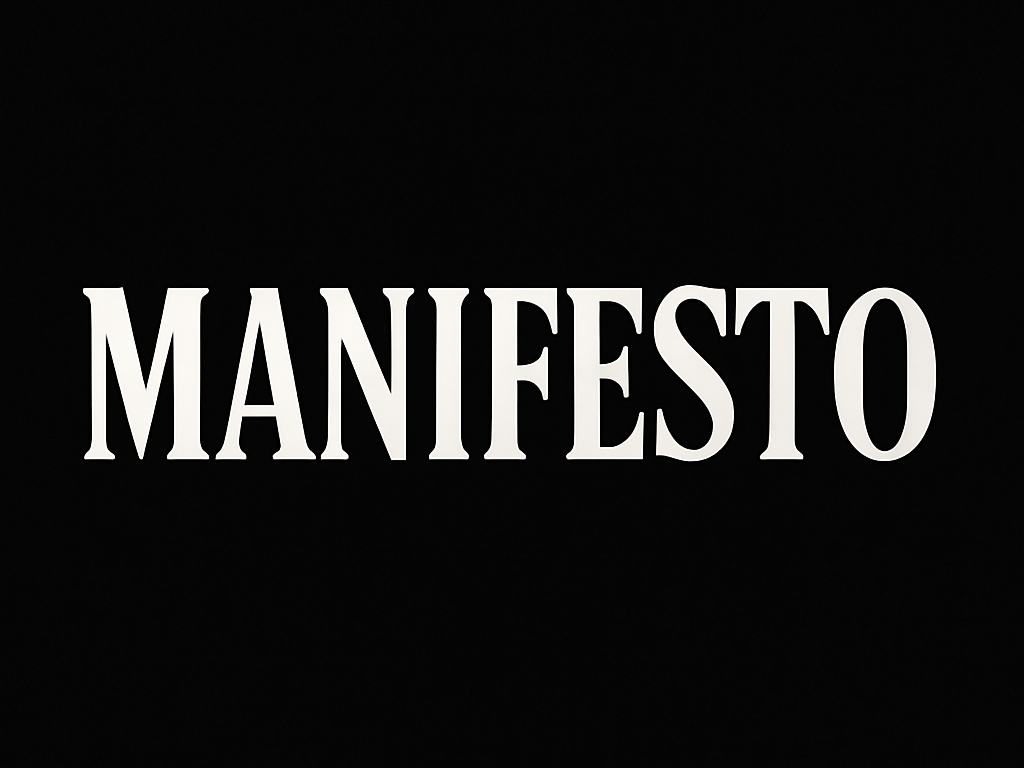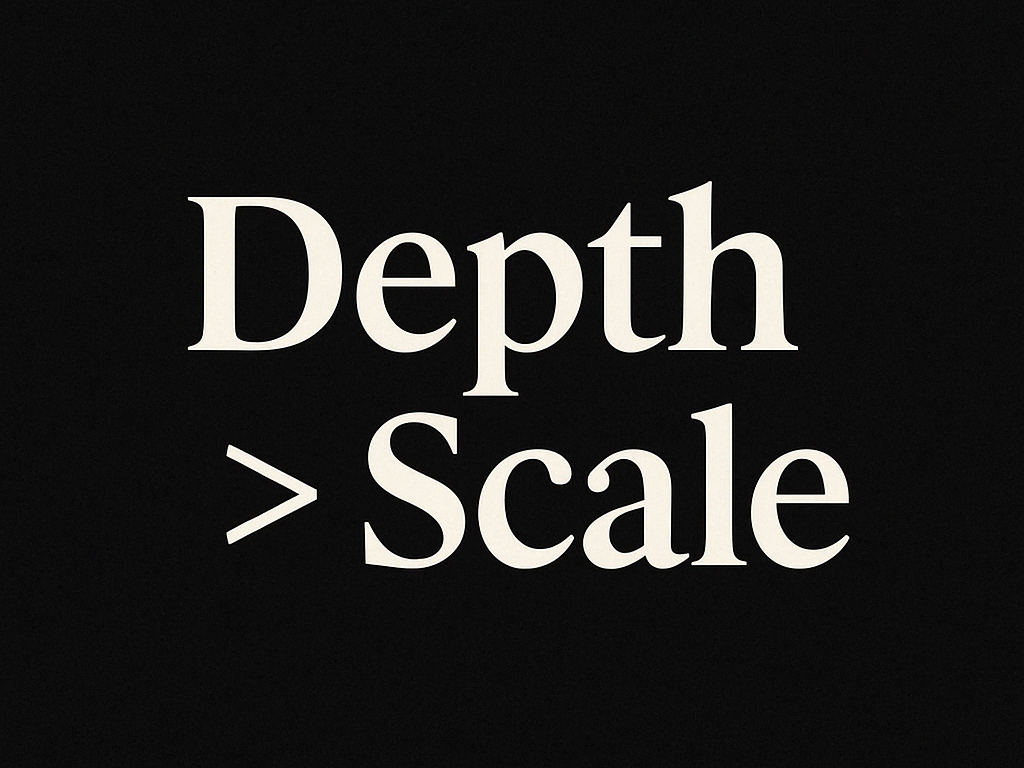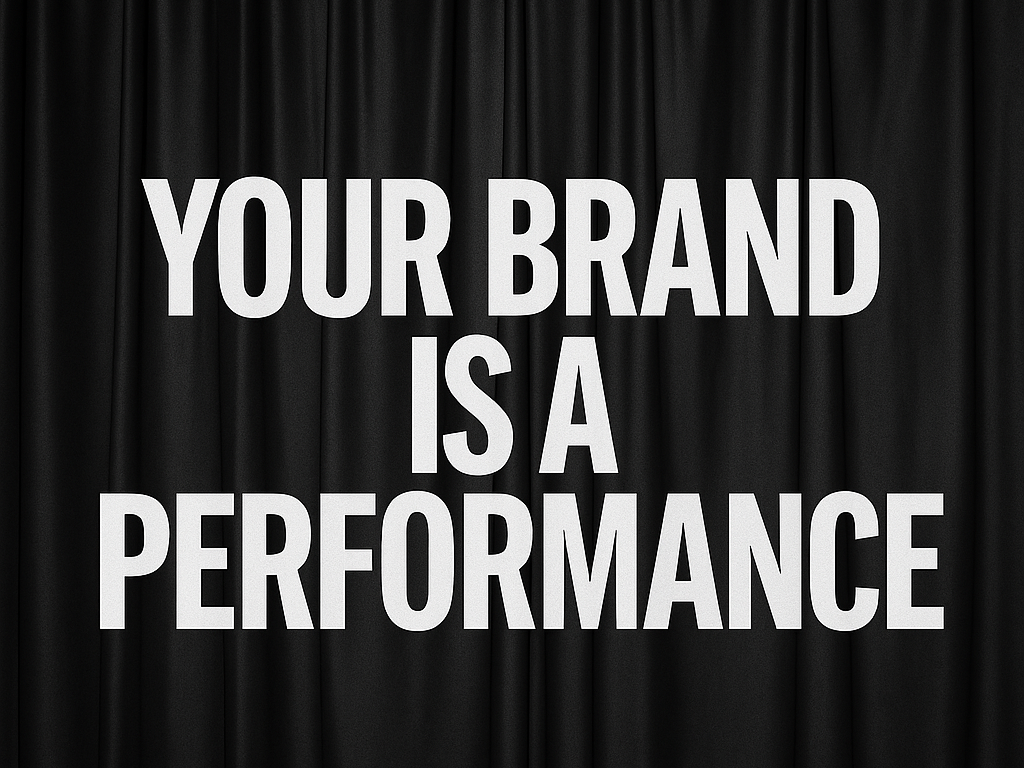Somewhere along the way, “professional” stopped meaning capable and started meaning sanitized.
We stripped the voice out of our writing.
We removed the soul from our brands.
We softened every sharp edge until nothing stuck.
We removed the soul from our brands.
We softened every sharp edge until nothing stuck.
All in the name of “professionalism.”
But let’s be honest—professionalism, as it’s sold to creatives, is just code for:
Don’t be too bold.
Don’t be too weird.
Don’t make anyone uncomfortable.
Don’t show too much of yourself.
It’s branding with the lights off.
It’s design in a straightjacket.
It’s creativity on mute.
It’s design in a straightjacket.
It’s creativity on mute.
I’ve seen it in meetings, decks, and client calls.
Founders with fire in their gut who suddenly get scared when it’s time to put that fire into words.
Founders with fire in their gut who suddenly get scared when it’s time to put that fire into words.
They water down the voice.
They round out the visuals.
They make things “safe” for an imaginary audience that probably isn’t even paying attention.
They round out the visuals.
They make things “safe” for an imaginary audience that probably isn’t even paying attention.
Professionalism becomes the excuse for invisibility.
And then they wonder why their brand feels flat.
And then they wonder why their brand feels flat.
Let me say this clearly:
Being clear is professional.
Being honest is professional.
Having taste, being decisive, standing for something?
Professional. As. Hell.
Being honest is professional.
Having taste, being decisive, standing for something?
Professional. As. Hell.
But performing some hollow, sterile version of a “credible brand” just makes you forgettable.
And no one hires the forgettable brand.
No one follows the forgettable person.
No one bets on the business that won’t bet on itself.
No one follows the forgettable person.
No one bets on the business that won’t bet on itself.
I’m not saying be reckless.
I’m saying be real.
I’m saying be real.
If you’re weird—own it.
If you’ve got edge—use it.
If you talk like a human—don’t let your brand sound like a brochure.
If you’ve got edge—use it.
If you talk like a human—don’t let your brand sound like a brochure.
You can be professional and poetic.
Strategic and strange.
Capable and completely you.
Strategic and strange.
Capable and completely you.
Because the truth is:
The most powerful brand is the one you don’t have to fake.
The most powerful brand is the one you don’t have to fake.



